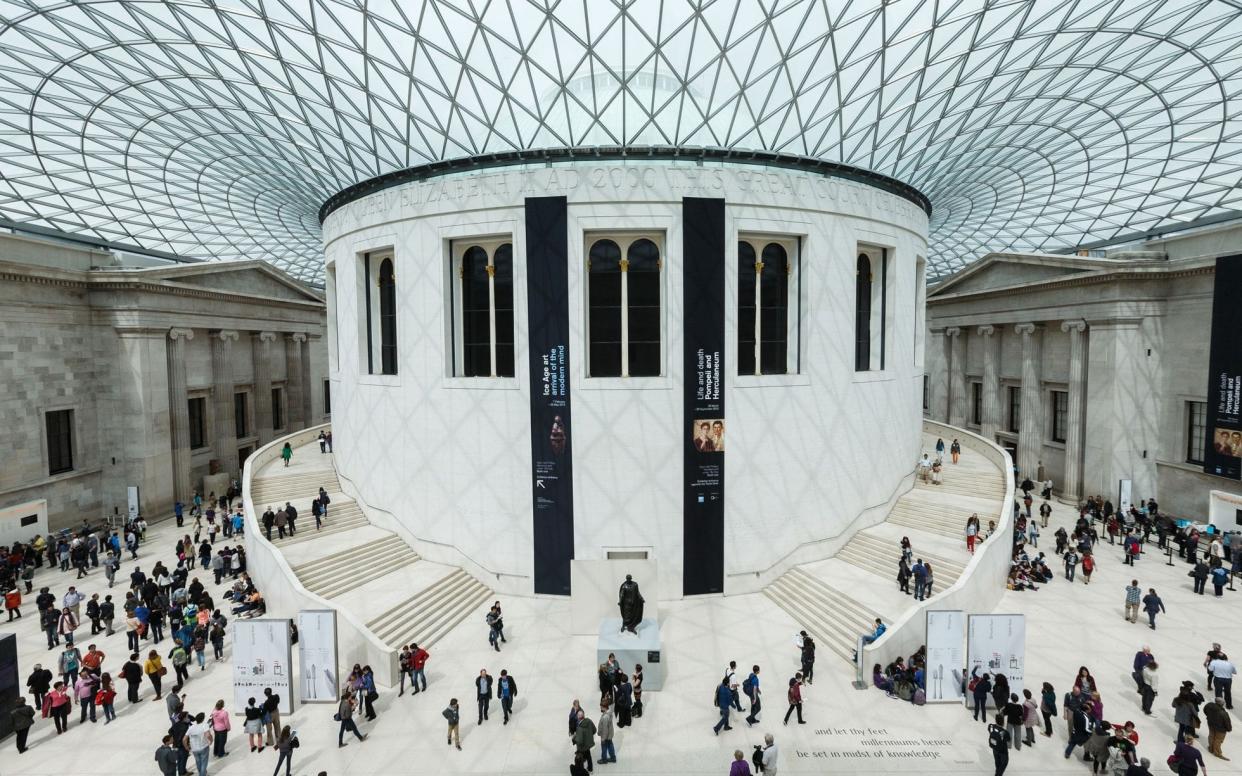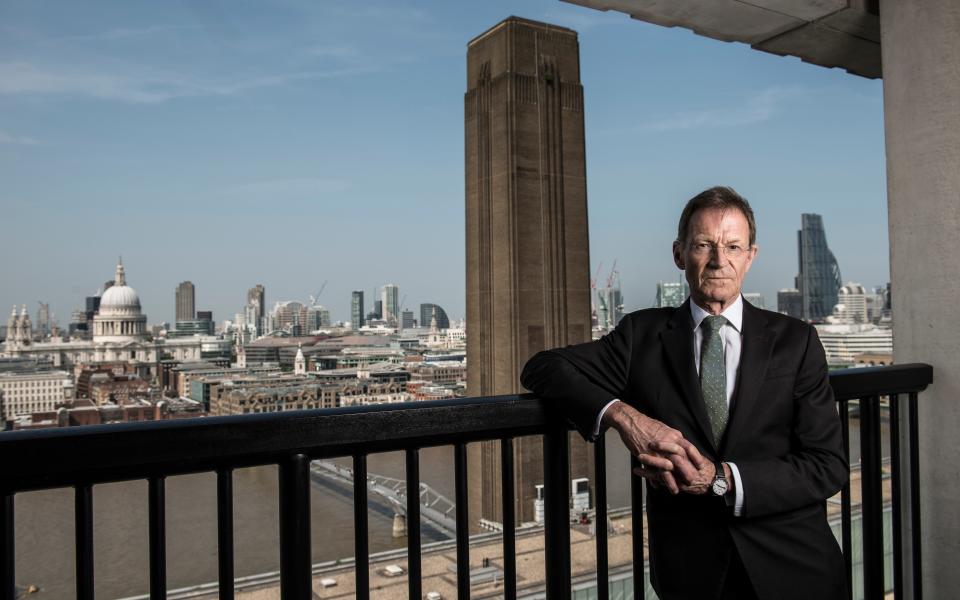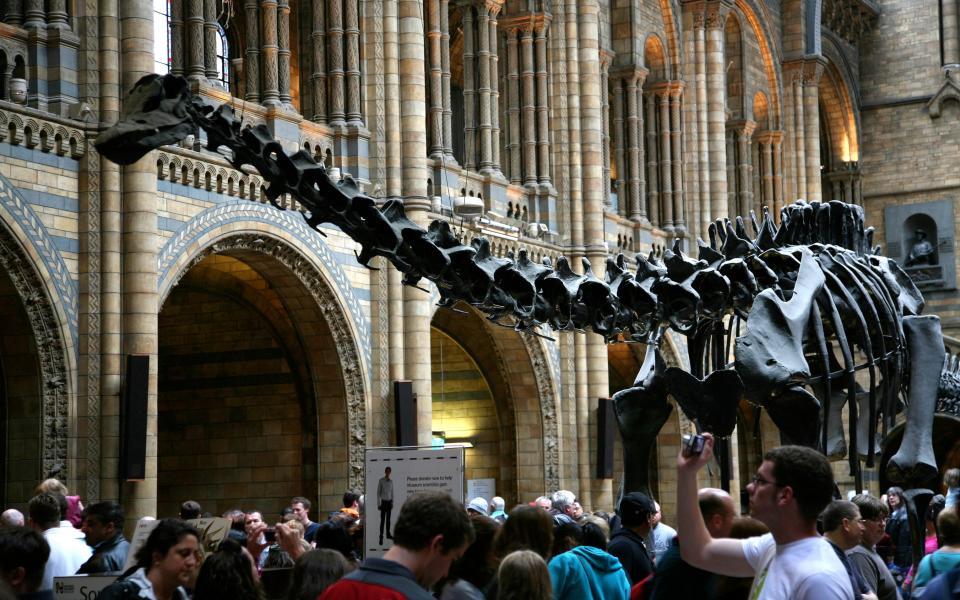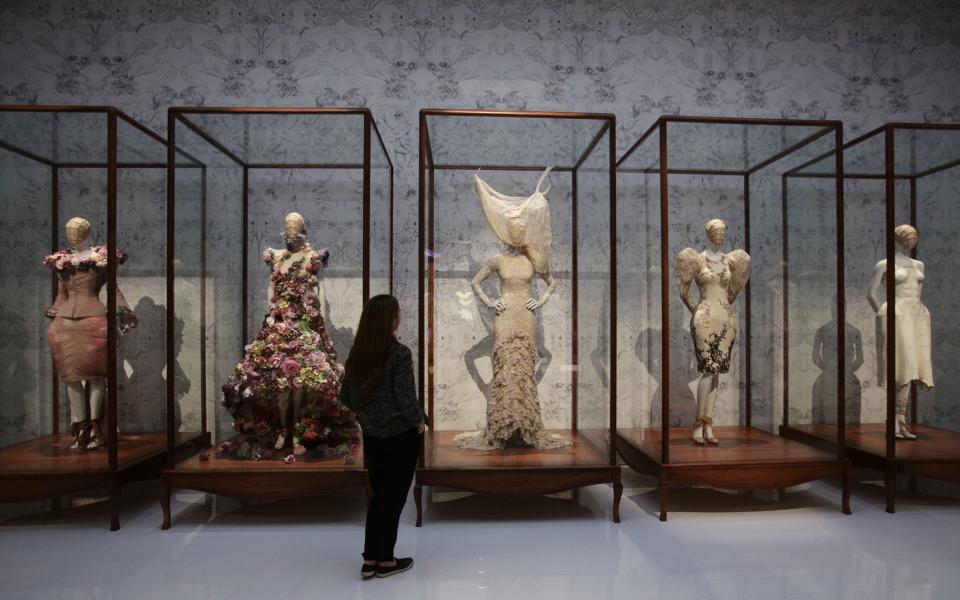Visitor numbers drop at London museums as tourists can 'no longer rely on Southern Rail to get them there'

The number of people visiting some of London’s most popular tourist attractions fell last year by more than a million last year, as museum and gallery-goers can no longer rely on trains to get them there, an industry leader has warned.
The British Museum, V&A, National Portrait Gallery and Natural History Museum all saw a significant drop in visitor numbers in 2016 compared with the previous year, according to figures released today.
Attractions across London as a whole saw an overall increase of just 0.1 per cent, while the UK average growth across 241 tourist sites was 7.2 per cent, including 15.6 per cent in Scotland.
Bernard Donoghue, director of the Association of Leading Visitor Attractions (Alva), which published the figures, said the results in London were down partly to Southern Rail’s ongoing dispute, as well as terror fears and a drop in leisure visitors from overseas.

Mr Donoghue said: “ It seems sort of petty, but what actually had a real effect was Southern Rail.
"Some research was commissioned which showed that one of the things which deterred people from the south of England going into London was their concern that they wouldn't be able to get there and get back on Southern Rail.”
Those using the rail company have complained of chaos thanks to a series of strikes.
He added that figures would also have been affected by a drop in the total number of leisure travellers to the UK in the first part of the year, some venues undergoing refurbishment and others coming off a "blockbuster year" in 2015.

He added that the UK referendum had a positive impact on visitor numbers as the fall in the value of sterling helped encourage a surge in visitors from September through to the end of the year.
“We do know that there were some fears, both on the part of international visitors, and domestic families, there were security concerns about London,” he said.
The ALVA figures show the British Museum maintaining its position as the most popular tourist attraction despite suffering a 5.9 per cent drop in visitors to 6.4 million.
The Natural History Museum dropped 12 per cent to 4.6m, while the V&A’s similar 12 per cent drop left them with 3m.

Tate Britain was down 15.9 per cent, likely to be the result of a major revamp of its sister gallery Tate Modern, which increased its numbers by almost a quarter to 5.8 million.
The Royal Academy credited its 17 per cent increase to 1.3 million visitors to several exhibitions including Painting the Modern Garden: Monet to Matisse last spring.
Chester Zoo was the most popular attraction outside of London, in 12th place overall with 1.9 million visitors, up 12 per cent.
The National Museum of Scotland, which opened 10 new galleries last year, took the top spot in Scotland due to a 16 per cent rise to 1.8 million visitors.

Overall, outdoor attractions did particularly well reflecting, Mr Donoghue said, an increased creativity in their displays, attractions and partnerships.
Next year, he said: “The challenge for the big London attractions is not necessarily getting the numbers any more, because actually their programming is globally impressive.
"The real challenge in the years to come will be ensuring that every one of those people gets a fantastic visiting experience.”
A spokesman for Southern Rail has not yet responded to a request for comment.

 Yahoo News
Yahoo News 
